 +86 180 0293 5268
+86 180 0293 5268
What is a 316 stainless steel casting?
A 316 stainless steel casting is a component manufactured using the casting process with stainless steel 316 as the raw material. Since stainless steel 316 offers properties such as corrosion resistance, high-temperature resistance, and high strength, 316 stainless steel castings inherently share these characteristics. Consequently, they are commonly employed in demanding environments requiring corrosion resistance, high temperature, and high pressure, especially in fields like marine engineering, chemical processing equipment, and medical devices. They play a critical role by maintaining performance over long periods in humid and corrosive conditions without failure.

What are titanium screws used for?
Titanium screws are widely utilized across various advanced industries due to their unique properties, such as low density, high strength, excellent corrosion resistance, superior heat and cryogenic resistance, non-magnetic characteristics, and non-toxicity.
Compared to traditional stainless steel screws, titanium screws demonstrate greater flexibility and oxidation resistance, making them more suitable for a broader range of specialized applications. Particularly in high-pressure environments, titanium screws exhibit significantly better compressive strength than ordinary stainless steel screws.

Why is CNC machining widely used for so many components?
In modern manufacturing, CNC machining is supplanting traditional processes at an unprecedented rate, establishing itself as the gold standard for precision component production. Renowned for its superior precision, efficiency, and dependability, precision CNC machining has become the technology of choice for a multitude of industries. From aerospace and automotive manufacturing to electronics, medical equipment, and marine engineering, it delivers unparalleled benefits. This analysis will deconstruct the rationale behind this phenomenon across multiple dimensions—including efficiency, accuracy, and flexibility—to illuminate how CNC machining is fundamentally shaping industrial production.
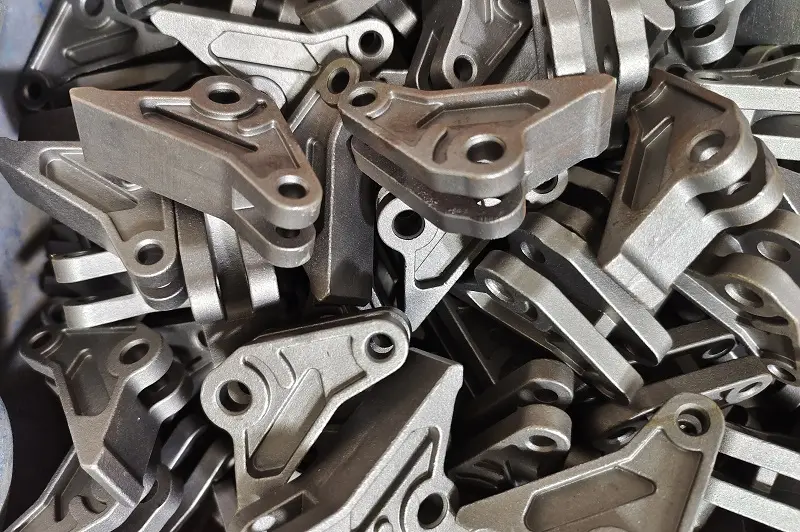
Is stainless steel casting expensive?
As a high-precision and high-quality manufacturing method, stainless steel investment casting is widely used across various industrial sectors. However, its cost is relatively higher compared to traditional casting processes. The cost of stainless steel castings is influenced by multiple factors, including raw material costs, process complexity (casting costs), post-casting processing expenses, market supply and demand, and other related expenditures. In the following sections, we will analyze the cost of stainless steel castings from several perspectives, hoping to provide some useful insights.
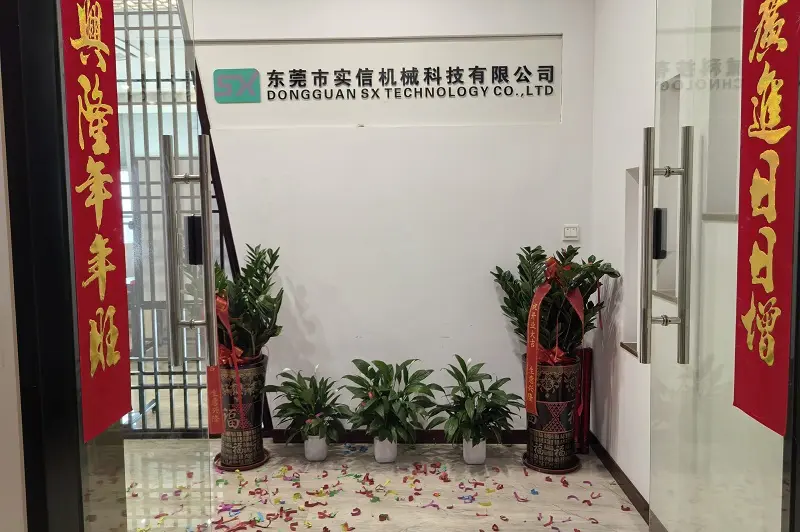
Business Combination and Corporate Relocation.
We are pleased to announce that, to better serve our international clients and streamline the management of domestic and overseas operations, the company will relocate to a new facility starting October 2025. Additionally, we will integrate our export business with the former Shenzhen SCZY Technology Co., Ltd (hereinafter referred to as "SCZY"). Following this transition, SCZY will focus entirely on serving domestic clients and manufacturing products for the local market, while Dongguan SX Technology Co., Ltd (hereinafter referred to as "SX") will dedicate all resources to international customer service, overseas product manufacturing, and after-sales support.
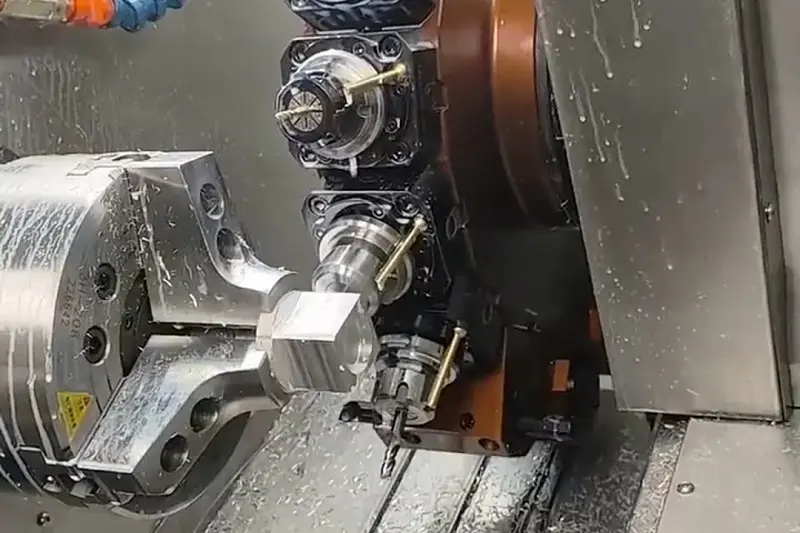
What is the difference between CNC milling and CNC turning?
In today's manufacturing industry, CNC machining technology plays a pivotal role and is indispensable across almost all sectors. Among its various processes, CNC milling and CNC turning are two of the most common and core machining methods. Both utilize programmed control of machine tool movements to produce parts with high precision and efficiency. However, they differ significantly in their machining principles, applications, and the types of parts they can produce. Below, we explore their differences.
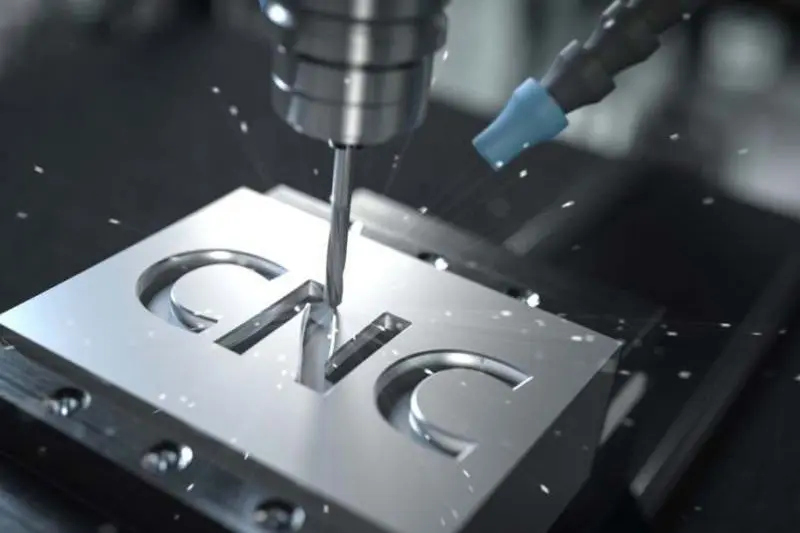
What are the characteristics of one-stop customized precision CNC machining services?
Non-standard CNC precision machining custom, as the name implies, goes beyond traditional single-part manufacturing by providing comprehensive CNC machining services tailored to clients' specific requirements - from material selection (sometimes starting with design) through production processes to final product delivery. This service model breaks through the limitations of conventional manufacturing, placing greater emphasis on client communication and collaboration to meet personalized and diversified needs. Amidst the dual waves of industrialization and digitalization, the manufacturing sector is undergoing unprecedented transformation. Traditional CNC parts production is gradually being replaced by more efficient and flexible methods, with custom precision CNC machining gaining widespread adoption due to its unique advantages. Below we explore the distinctive characteristics of custom precision CNC machining services:
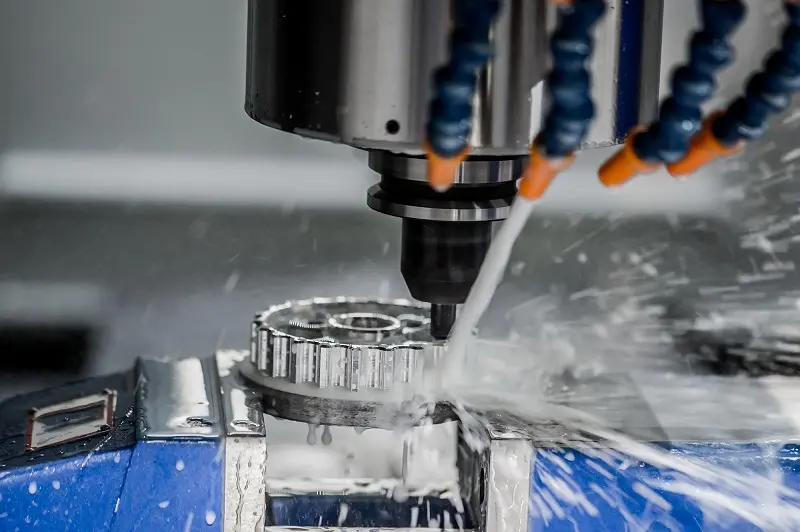
A Brief Discussion on the Respective Advantages of the Precision CNC Machining Industry in China and Southeast Asian Countries.
In recent years, China's CNC precision machining industry has continued to grow, while manufacturing in Southeast Asia has also developed rapidly. With some foreign companies relocating production lines from China to Southeast Asian countries, can Southeast Asia truly replace China as the "world's factory"? In reality, this remains quite difficult. After decades of development, China's CNC machining industry has established a complete industrial ecosystem, with end-to-end production capabilities—from raw materials to high-end components. This well-integrated supply chain allows China to respond swiftly to order demands, an advantage that Southeast Asian countries cannot easily match in the short term. Below, we analyze the differences between China and Southeast Asia in custom CNC machining from several key perspectives:

How to Manufacture Custom CNC Precision Components to a Higher Standard?
In precision CNC machining, where each component ultimately serves as part of a final assembly, it is essential to thoroughly understand the assembly methodology, functional purpose, and operational requirements of the end product before commencing machining operations. This foundational understanding allows for proper attention to critical tolerances and manufacturing processes, ensuring components are produced with assembly compatibility and optimal performance in mind. A case in point is our recent OEM project involving precision CNC machining parts and assembly, where the client provided comprehensive specifications regarding product application and functionality but limited tolerance requirements - necessitating our team to establish appropriate tolerance controls based on the component's actual operational demands. We will now proceed to discuss the following key aspects: auxiliary component selection, machining processes, cleaning and degreasing procedures, surface coating applications, and product quality inspection protocols.
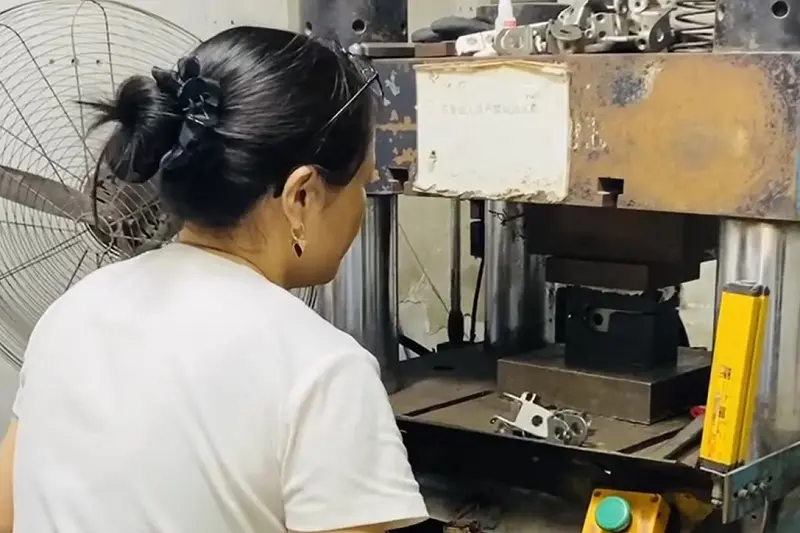
Why do some investment castings require dimensional correction?
Some custom investment castings are prone to deformation during production due to factors such as wax pattern distortion, structural design issues, mold shell warping after pouring, improper handling by workers during sand cleaning and shell shaking, heat treatment effects, or welding distortions during wax pattern assembly. These issues can lead to dimensional deviations or shape alterations, necessitating subsequent corrective measures. Correction is typically performed by applying external force, either at room temperature or elevated temperatures, and common methods include free correction, die correction, cold correction, and hot correction.








